Treasures of Romania! Discover Transylvania, Maramures and Bucovina!
Discover the natural beauty of Romania, a country closed behind the Iron Curtain and almost isolated from the rest of the world by the tough communist regime that ruled the country for over 40 years.
Situated in the Eastern Europe and often called the Latin Island in a Slav Sea, Romania has iconic landmarks, beautiful landscapes and culture that are waiting to be discovered, making our country a fantastic travel destination!
Departures: All year
Duration: 7 days / 6 nights
PRIVATE TOUR: by car/minivan
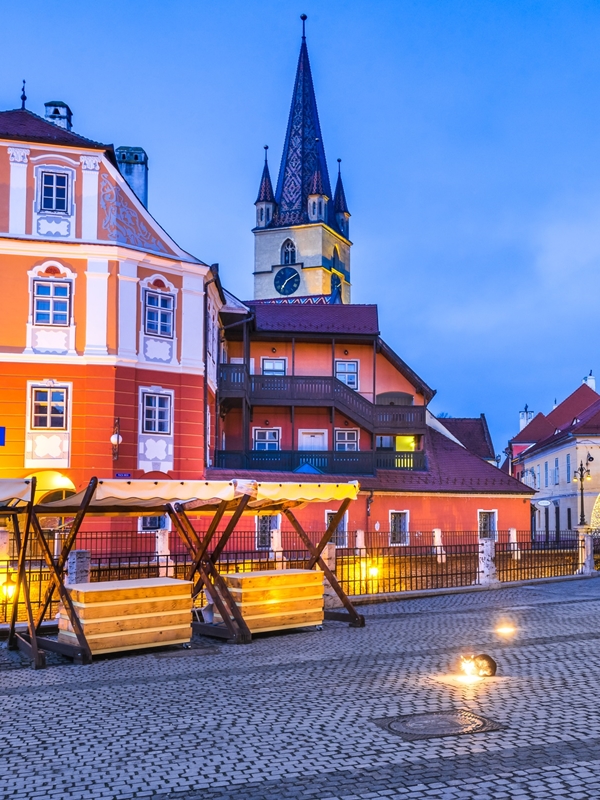
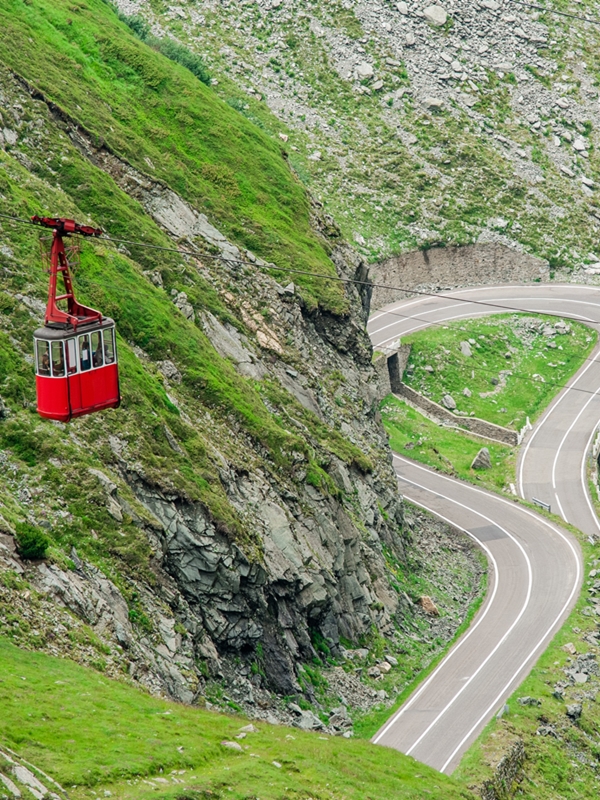
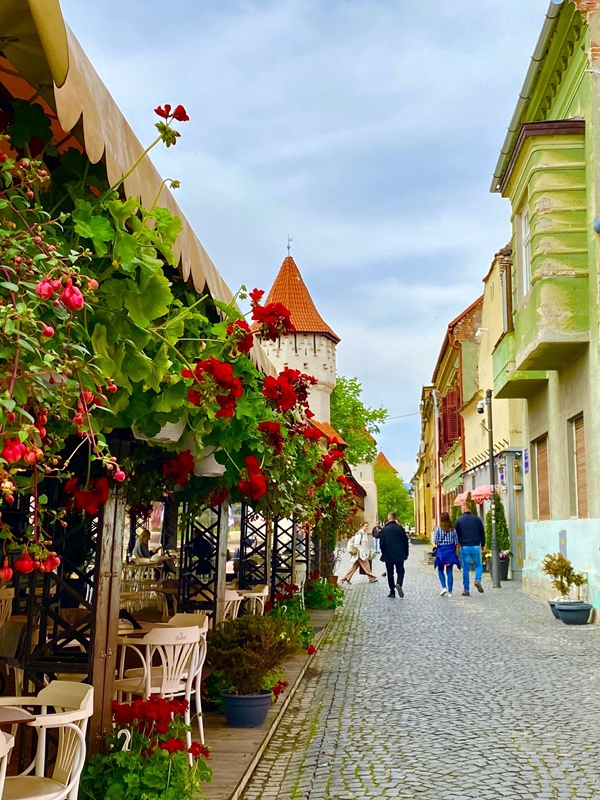
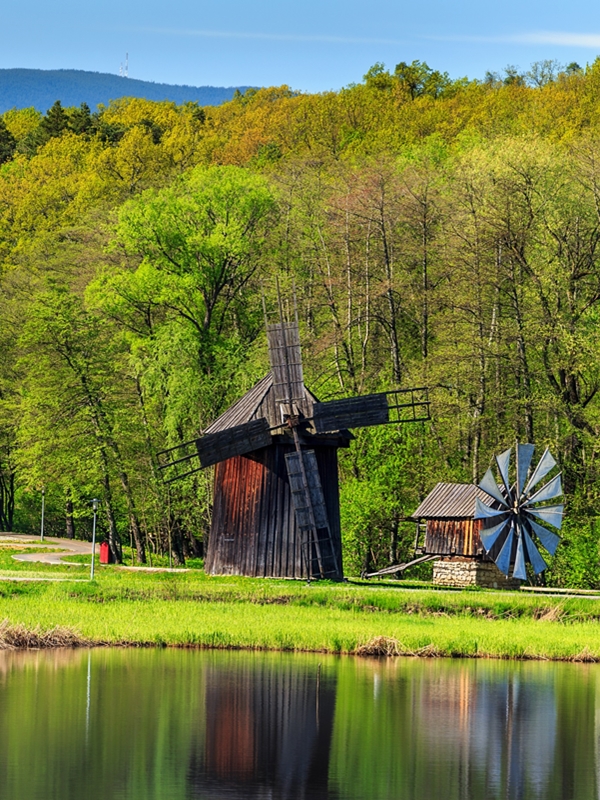
Meet the guide and pick-up at 9.00 a.m.
We will start the tour heading north, from Bucharest to Sibiu, passing through the Carpathians Mountains into Transylvania. On our way, we visit Curtea de Arges Cathedral, one of the most famous buildings in Romania. Built in the 16th century by Prince Neagoe Basarab of Wallachia, the cathedral is the burial place of many kings, queens and princesses of Romania. Its legends have inspired many Romanian poets.
After visiting Curtea de Arges, we go to Sibiu/Hermannstadt, European Capital of Culture in 2007.
Sightseeing tour in Sibiu, visit: Piata Mare (The Big Square), Piata Mica (The Little Square), Piata Huet (Huet Square), Iron Bridge, Biserica Evanghelica (The Evanghelical Church) and Mitropolia (The Orthodox Church).
The accommodation in Sibiel at a guesthouse with a traditional dinner with organic, fresh, home made food.
**Between 1st of July and 15th October, the Transfagarasan Road is usually open and we can visit the Curtea de Arges Monastery; when the weather conditions do not permit it and the road is closed, we will visit the Cozia Monastery, which is located on the beautiful Olt river Valley
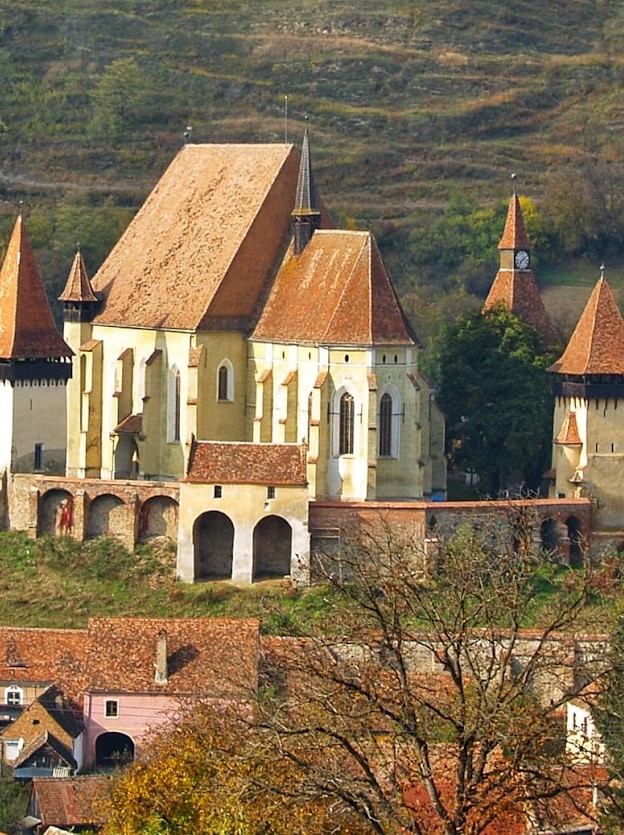
.jpg)
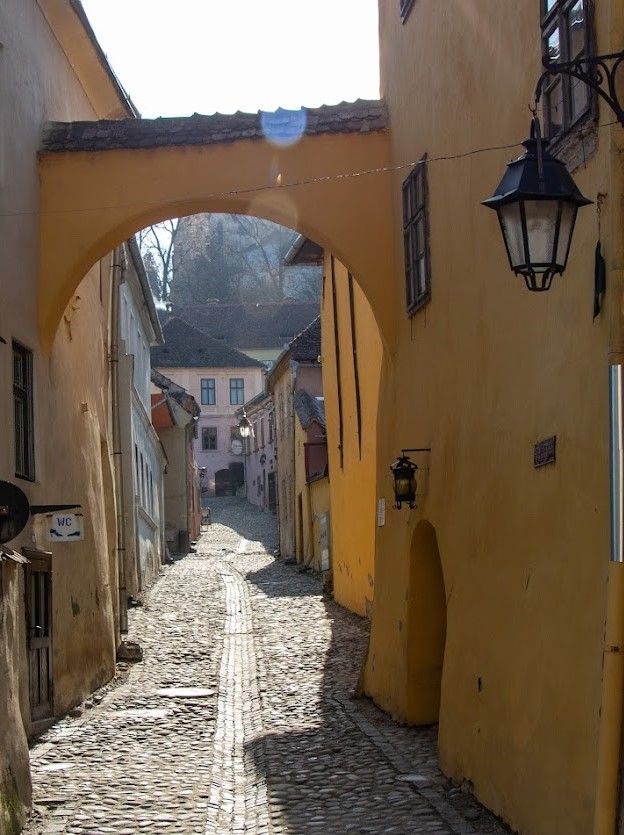
After breakfast we move on to Sighisoara, Europe’s best preserved medieval town!
But on the route, we will definettly stop in Biertan. Village Biertan (German: Birthalm), in Transylvania, is home to one of the largest and most impressive medieval strongholds in Transylvania. Surrounded by vineyards, the 15th century fortified church at Biertan is perched high on a hill in the middle of the village. Three tiers of 35-foot-high defensive walls, connected by towers and gates, encircled the complex, making the church impossible to conquer during medieval times. From 1572 until 1867, Biertan was the seat of the Saxon Evangelical bishops of Transylvania.
Sighisoara is one of the most beautiful towns in the heart of Transylvania. The whole medieval citadel is a part of UNESCO World Heritage. German architectural influences are visible throughout the entire city. Sighisoara was, for several centuries, a military and political stronghold. One of its most famous attractions is the Clock Tower (Council Tower), built in the 14th Century. The tower has seven-foot thick walls and was used to store ammunition, food reserves, archives and the city's treasures.
Highlights include: Guild Tower, Venetian House (built in the 13th Century), Vlad the Impaler (Dracula) House, Antler House, Wood Covered Staircase, Hill Church, Hermann Oberth Square.
Optional: lunch/dinner in the house where Dracula was born, today a famous restaurant.
Accommodation in Sighisoara, 3* hotel, breakfast included.
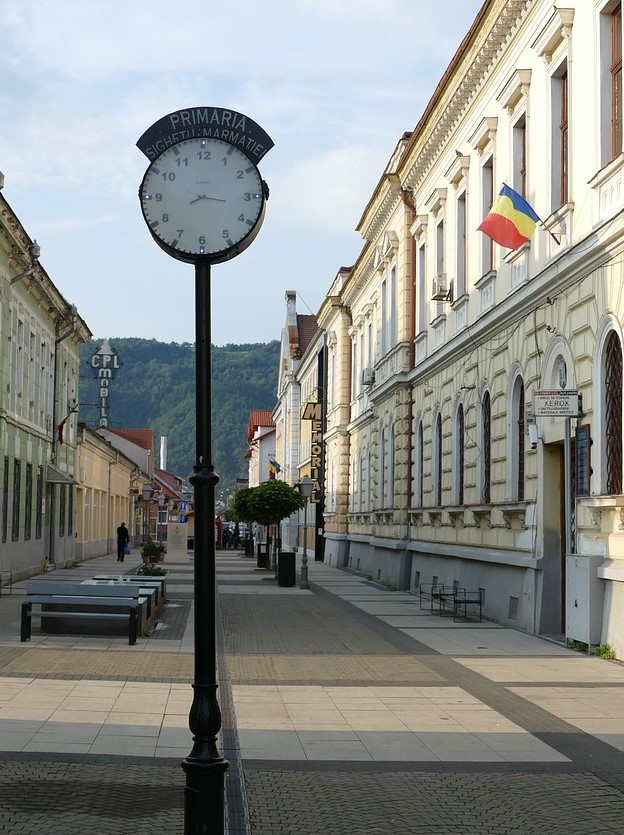
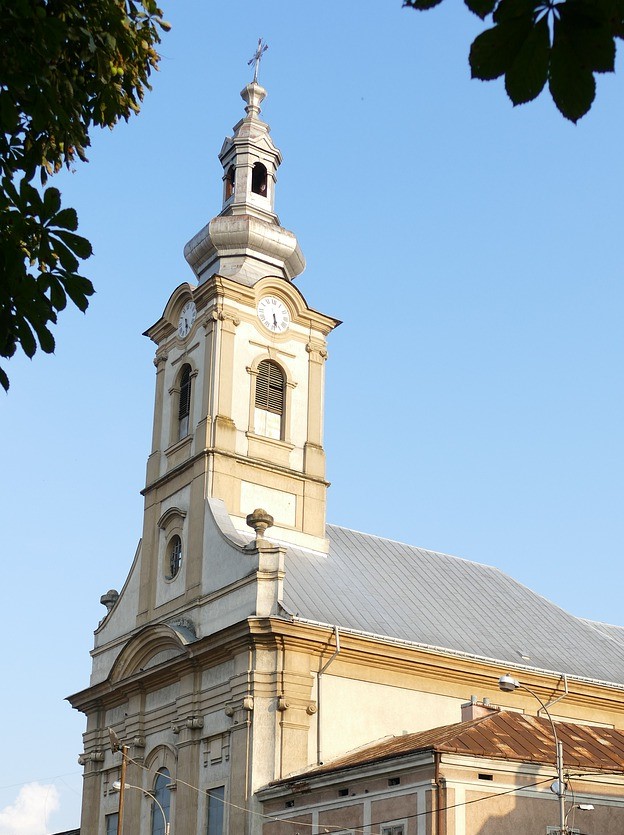
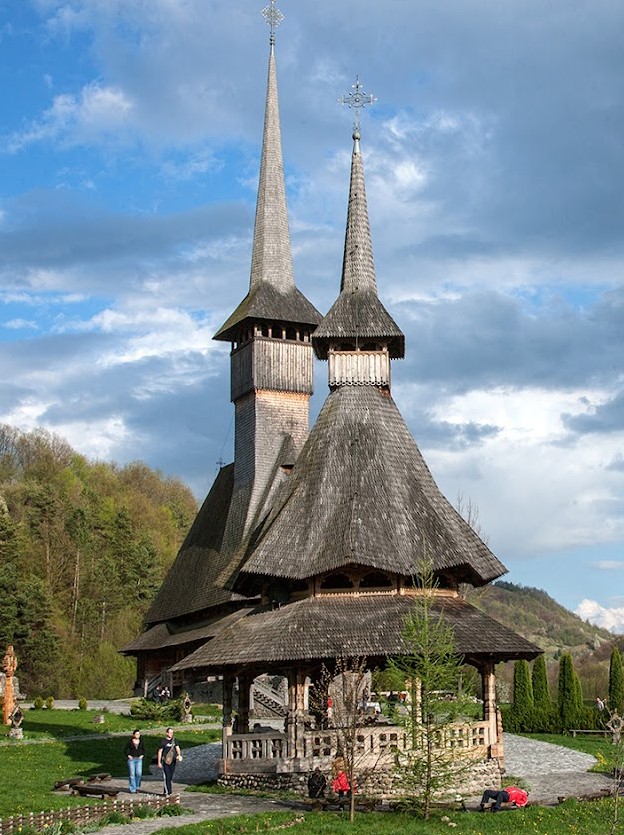
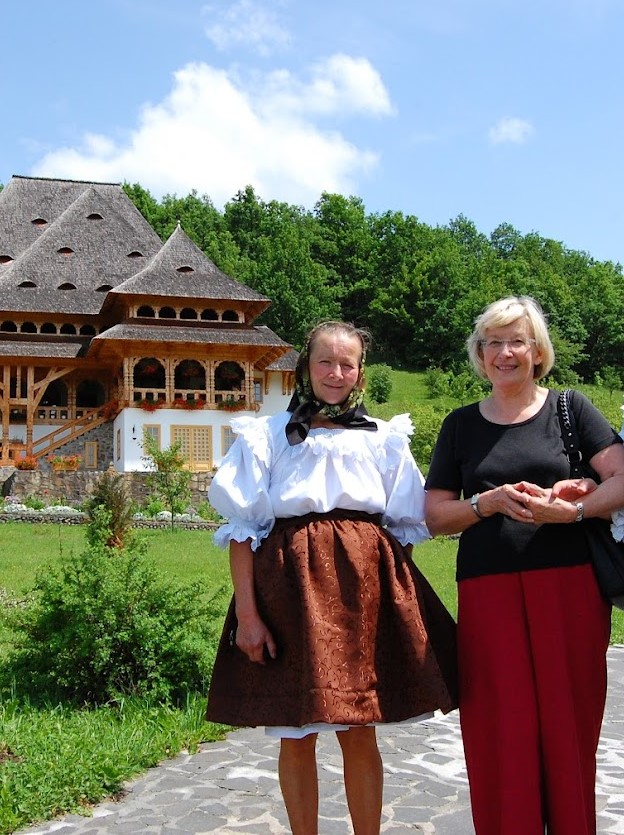
Today we will visit the stunning wooden churches of Maramures. Following the Iza and Mara rivers, we admire the impressive landscapes and visit some of the oldest churches made of wood, as well as a row of Maramures gates, authentic rustic triumphal arches.
In the afternoon we will head to Sapanta where we will visit the Merry Cemetery. The wooden colourful crosses, sculpted and painted by craftsman Stan Patras and his appretince, Dumitru Pop, turned it into an authentic open air museum. The colours of the crosses and the humorous texts on them capture for eternity the essential episodes of life and show the strength of the Romanian people, who do not fear of death.
We will be accommodated in Sighetu Marmatiei, also known as Sighet, the second-largest town in the Maramures region, an area noted for its rich centuries-old traditions. Sighetu Marmatiei (called in the past Sighetul Maramuresului) was - for over six centuries - the capital of the region of Maramures.
Unquestionably the region’s most original and charming little city, where Romanian, Hungarian, Roma and Ruthenian populations all coexist. Nobel Peace Prize winner Elie Wiesel was born in this Hasidic township. Jews settled in this town, located in the region of Maramures, in the 17th century.
Attractions of this town, which boasts religious buildings of many denominations, include the 16th century Reformed Church, the Ethnography Museum, the Elie Wiesel Memorial House and the Museum of Arrested Thought located in a former communist prison in the center of town.

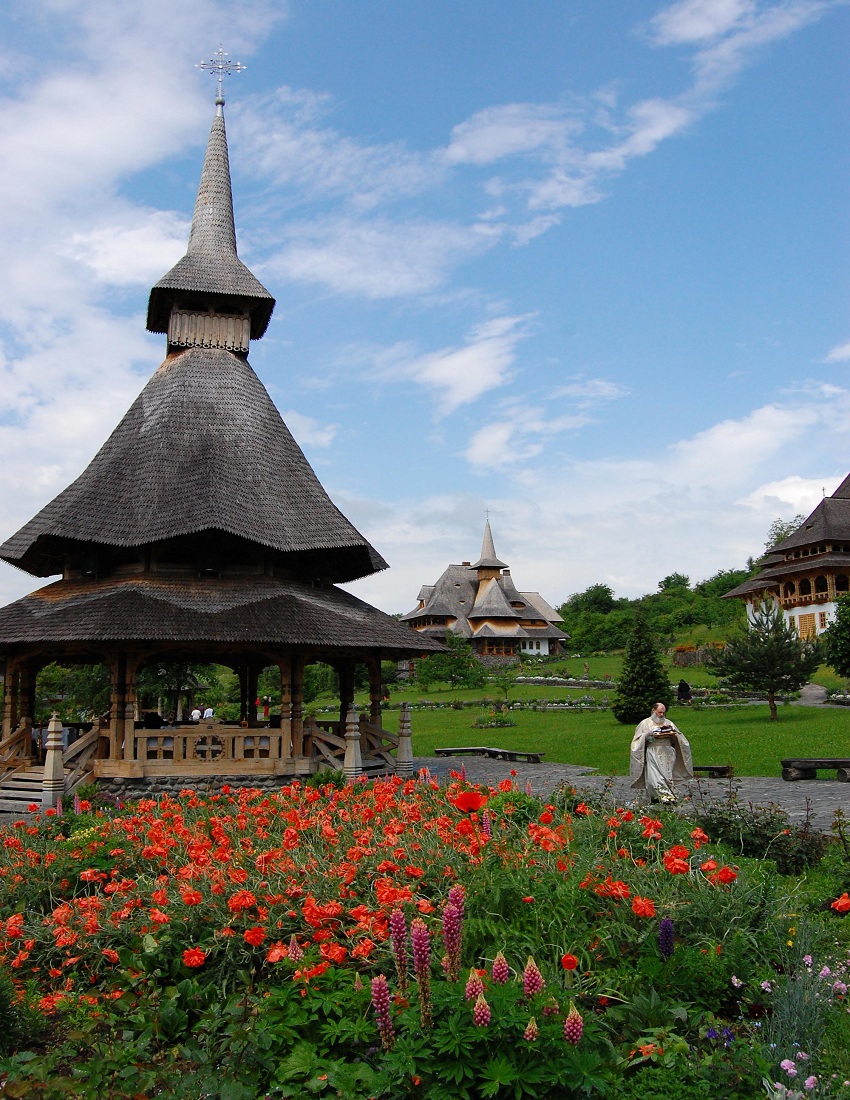
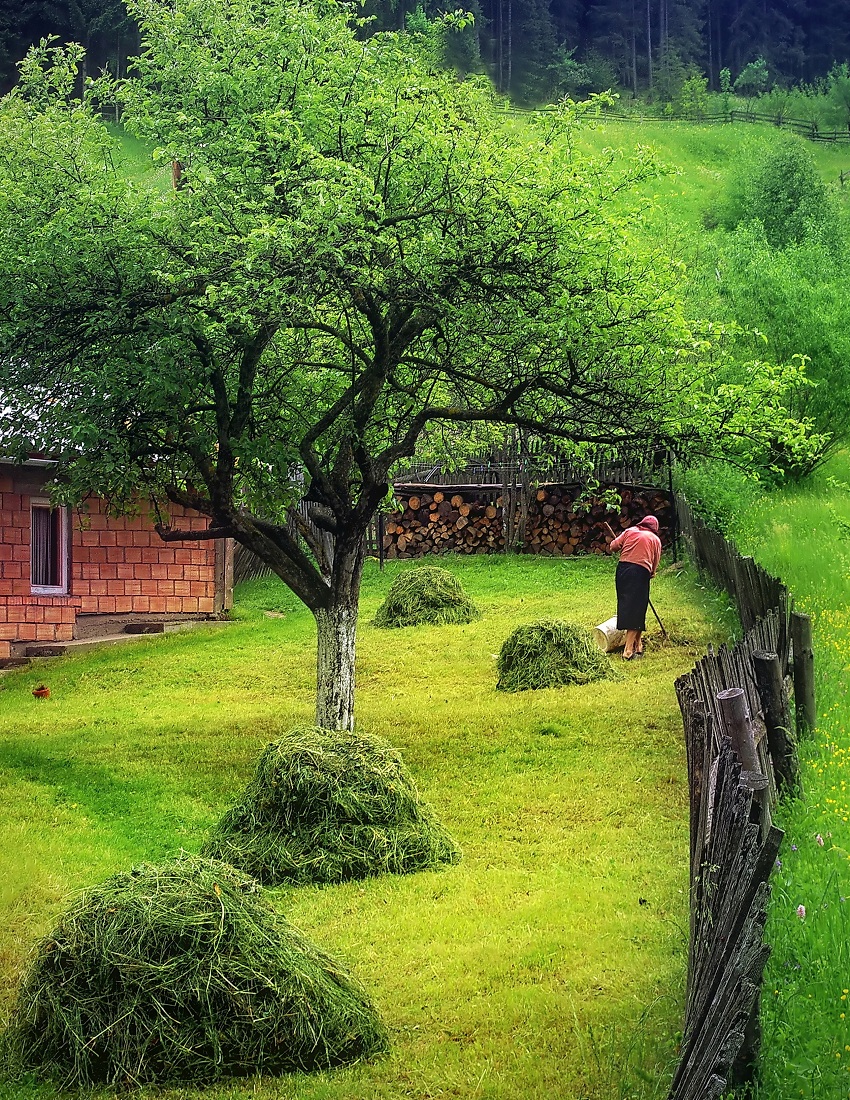
After breakfast, we will cross the Carpathian Mountains to Bukovina, the famous region in the north-east of Romania.
Before leaving Maramures, we will also have a stop at Monastery "Poienile Izei" and then to Barsana Wooden Monastery, one of the most beautiful in Maramures.
Built in 1720, the wooden church in the village of Barsana (tracing its name to barsani, the local shepherds who breed long-haired sheep) features some impressive interior frescoes with baroque and rococo influences painted by Toader Hodor in 1806. Originally part of a monastic complex closed down in 1791, the church was moved to its present location at the beginning of the 19th century. This outstanding church boasts an impressive collection of icons painted on glass and old religious books now on display in the museum of the new Barsana Monastery.
Accommodation in monasteries area, breakfast included.
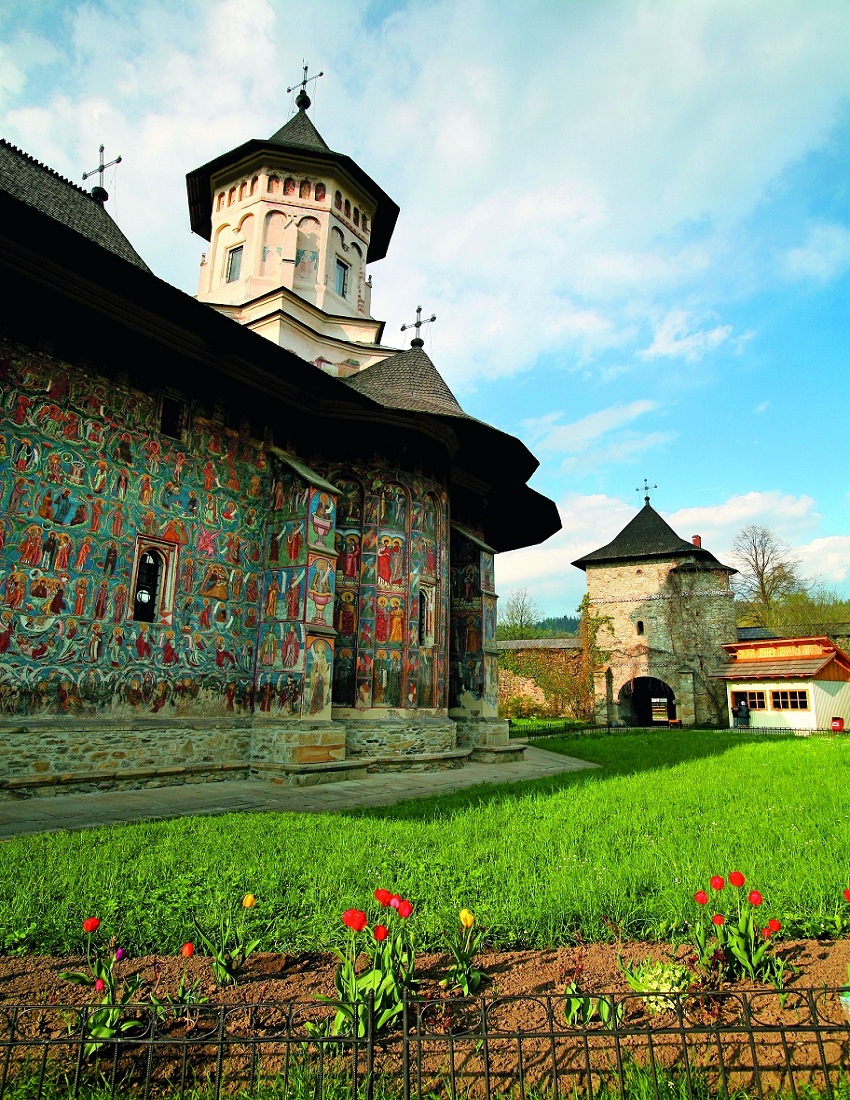
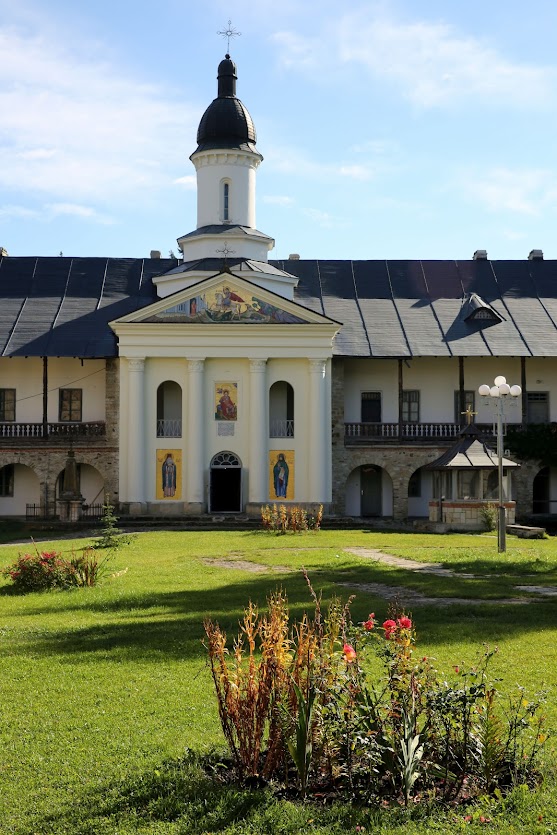
After breakfast will visit Voronet Monastery (1547, most known for the frescoes with predominant blue color - Voronet blue, surnamed “The Sixtin Chapel of the East", these frescoes depict a fairy-tale world, painted on a "piece of heaven". This "jewel of Bucovina" was built by Romanian great ruler Stefan the Great in 1488).
After Voronet, continue driving and visit Agapia and Neamt Monasteries.
The interiour of Agapia Monastery was painted in 1858 by our greatest painter, Nicolae Grigorescu, at the age of 20. Due to their artistic value, these painting can be considered a real art gallery. The works lasted three years (1858-1861). On this occasion, the church was endowed with new furniture, made in Vienna and Paris. The church was consecrated on January 25, 1862 by the bishop Calinic Miclescu. In 1995, extensive restoration works of this historical monument began, and they were completed at the beginning of 2009. Great attention was paid to the original murals belonging to Nicolae Grigorescu, which were subjected to restoration and reconditioning works. By completing these works, it was possible to return to the touristic and ecumenical circuit a particularly important monument for Romanian culture.
Surrounded by old forests, at the bottom of the mountains, is raising the oldest monastery of Moldavia - Neamt Monastery. Sumptuous, with delicate color effects, only by architectural point, the monastery shows the maturity of the Moldavian architectonic style, curdled during Stefan cel Mare (Stephan the Great) ruling.
Accommodation in a 3* hotel in Piatra Neamt city.
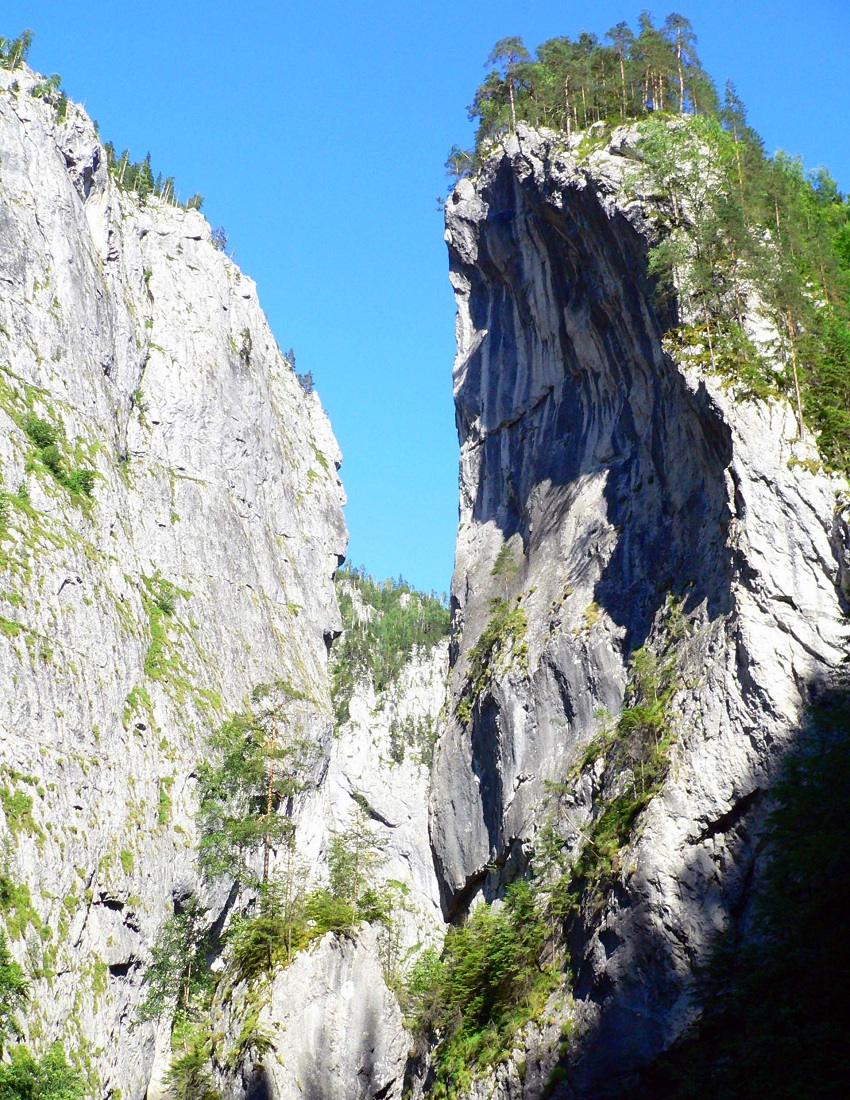
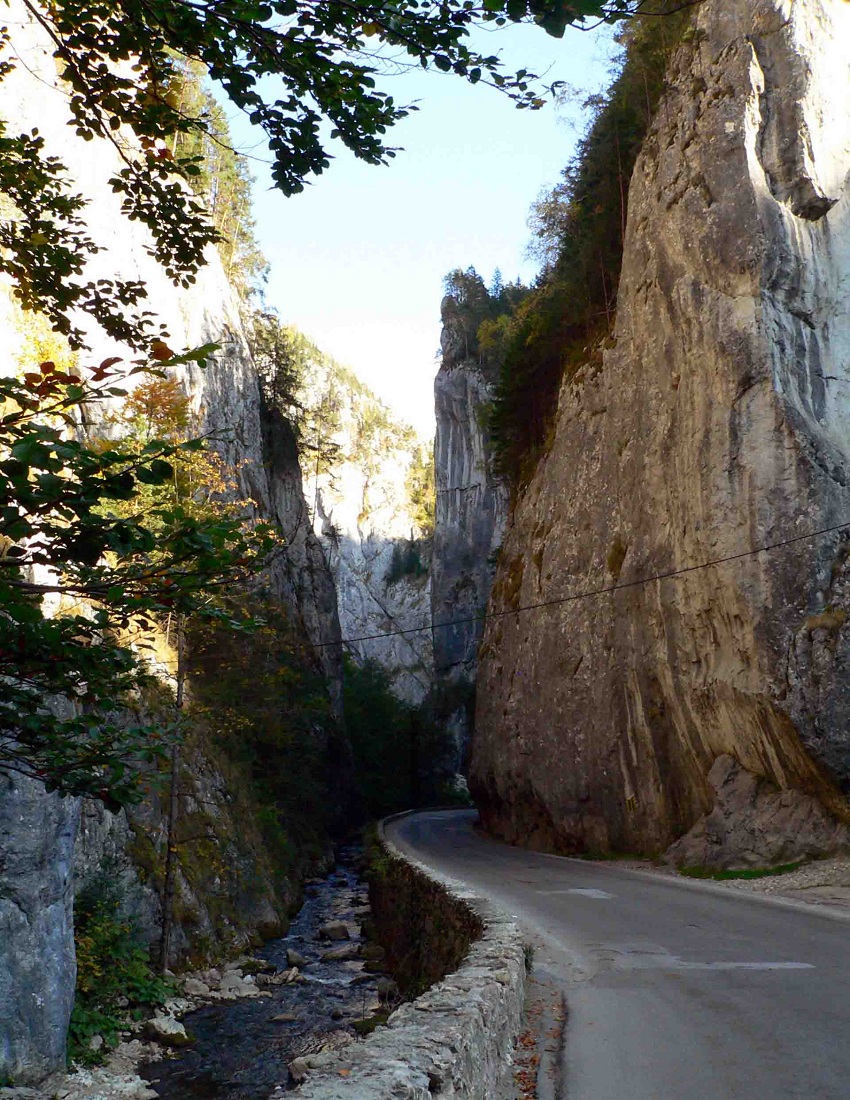
Breakfast buffet at the hotel and start to Brasov.
We continue via Bicaz Gorges, gorges in the Eastern Carpathians, on the river Bicaz, making the connection between Transylvania and Moldavia. The gorges attract by its beauty many tourists every year. They are crossed by a winding road.
We will pass thru Lacu Rosu/Red Lake Resort where we will have a short stop for admire the landscape, taking some nice pictures and find out the legend of this wonderful place.
On the way to Brasov we can visit: The Fortified Church in Prejmer - the biggest fortified church in the Southeastern Europe built in the 14th century. The fortress with double walls and dungeons makes me think to the ancient tales. Inside its walls there is a church, but the interesting thing here is the honeycomb like inner wall. Every family had one small room for sheltering in case the village was attacked. In peaceful times they used it as a storage room for food.
Arrival in Brasov. Accommodation in a 3* hotel, breakfast included.
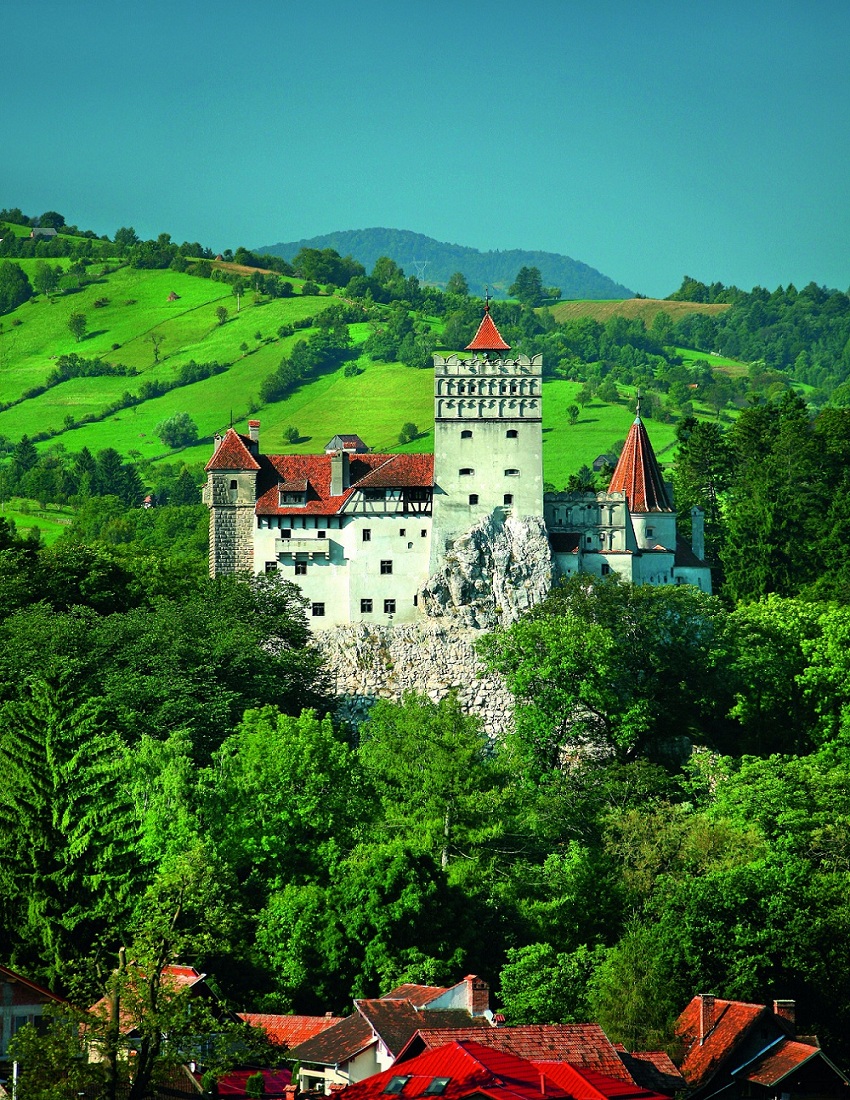
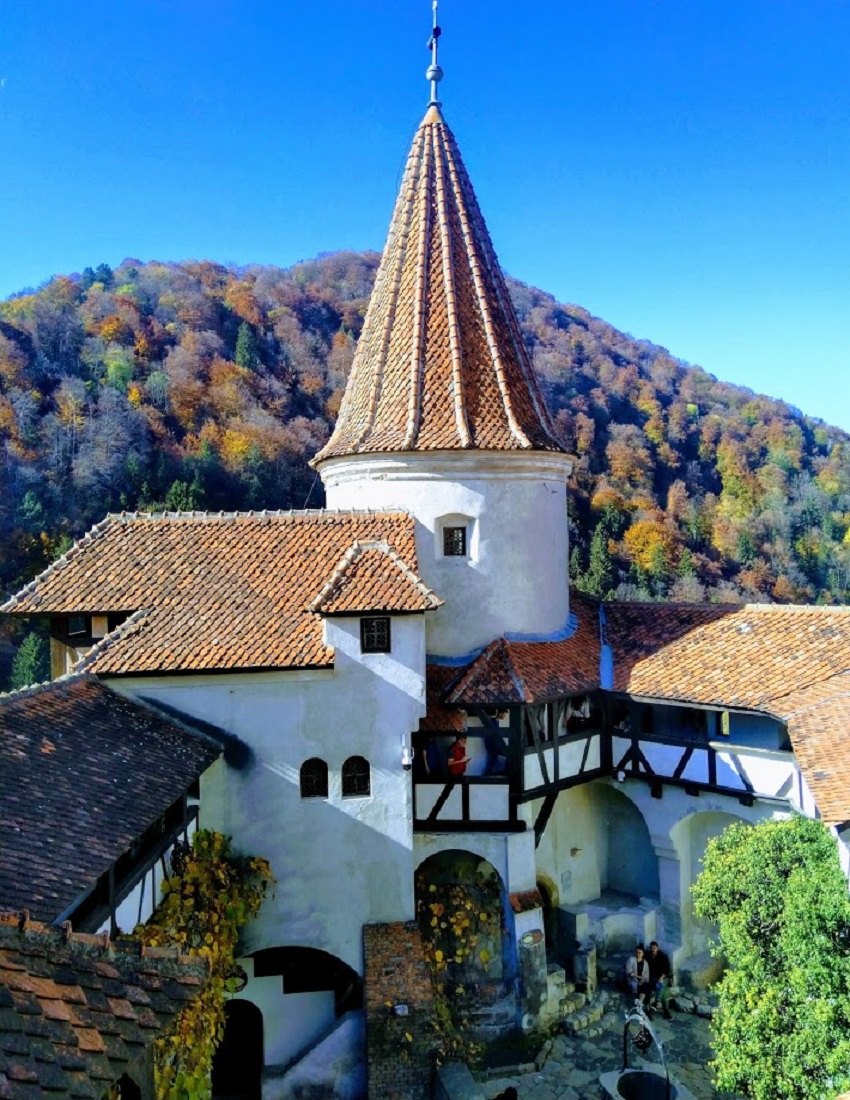
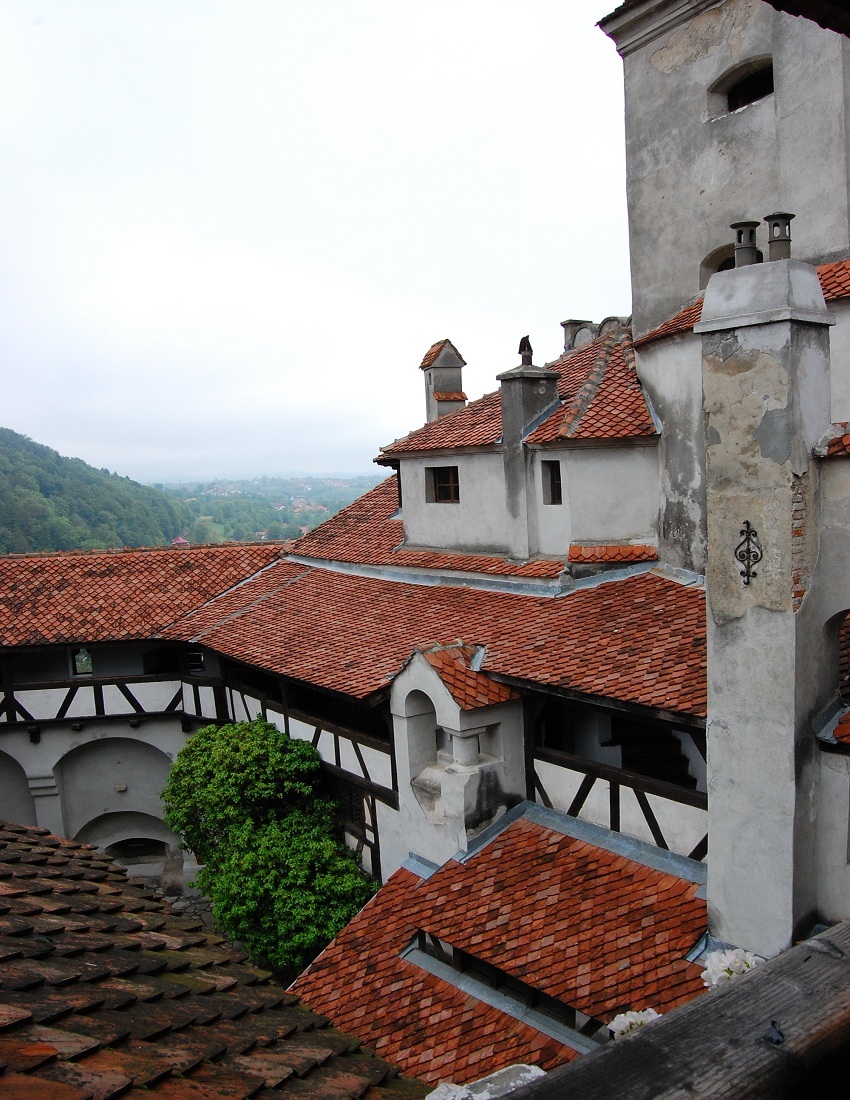
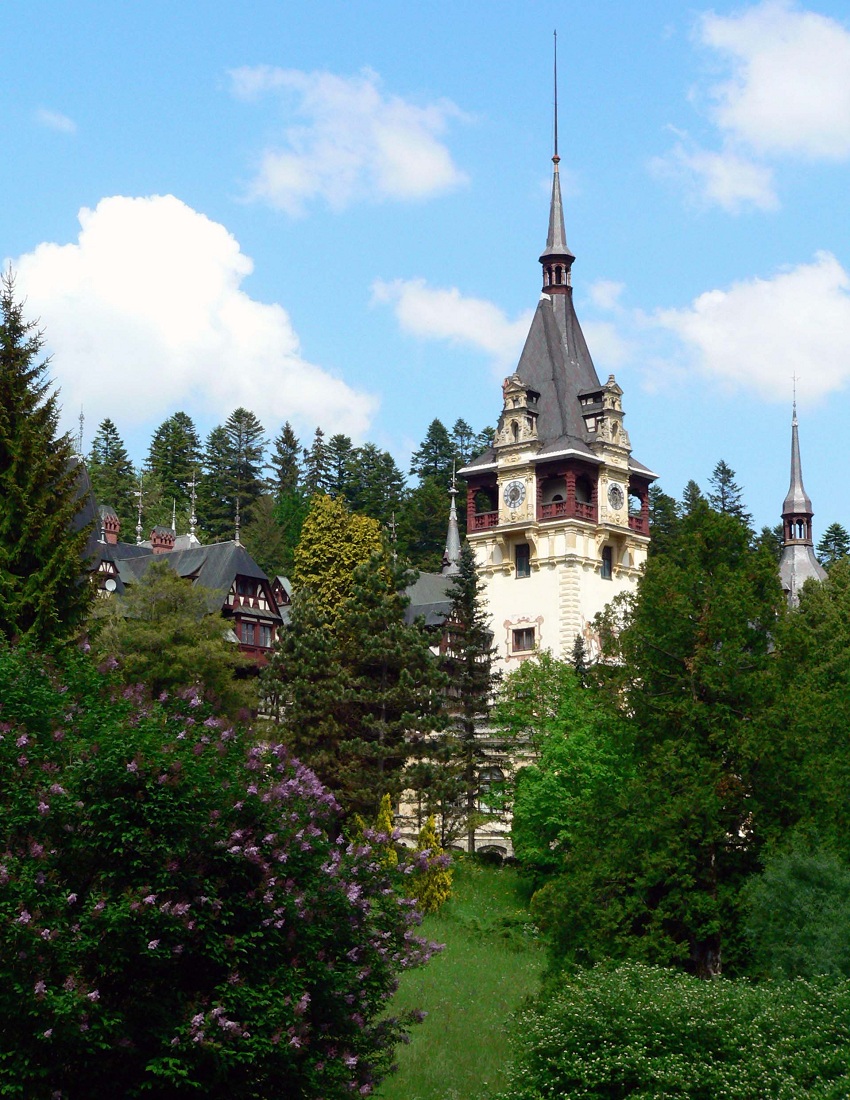
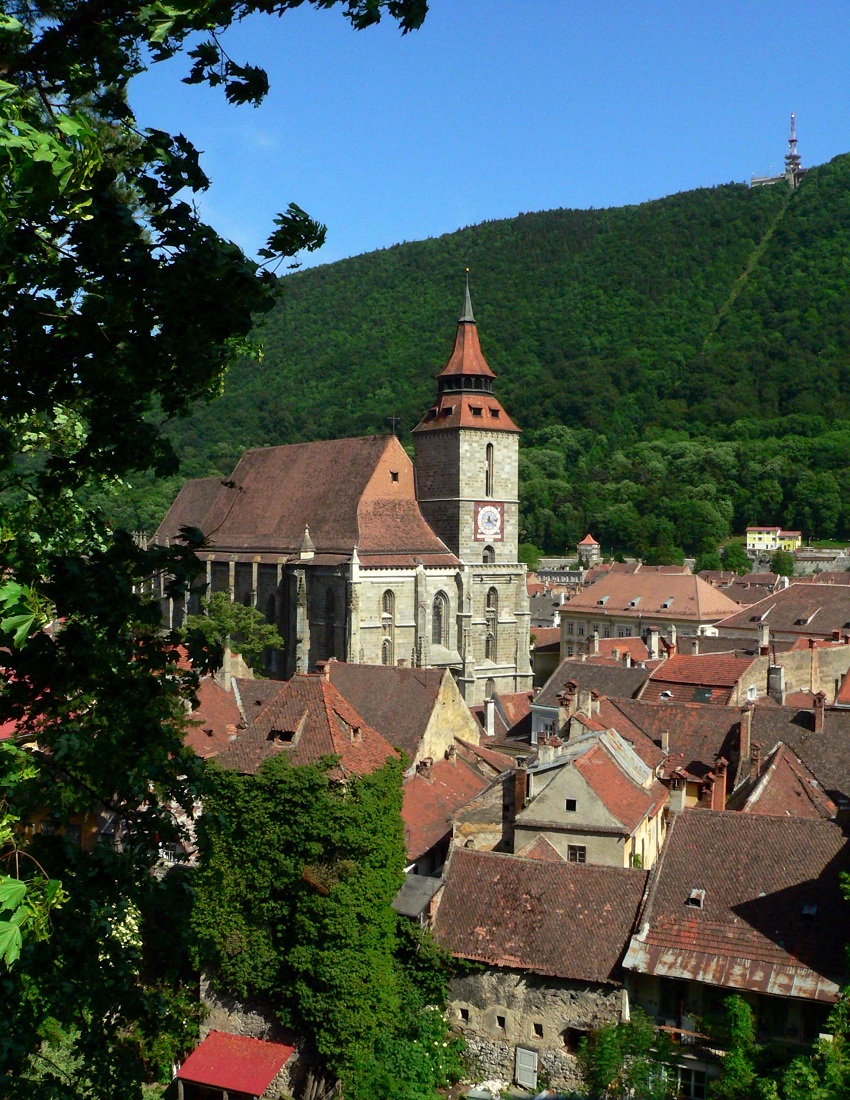
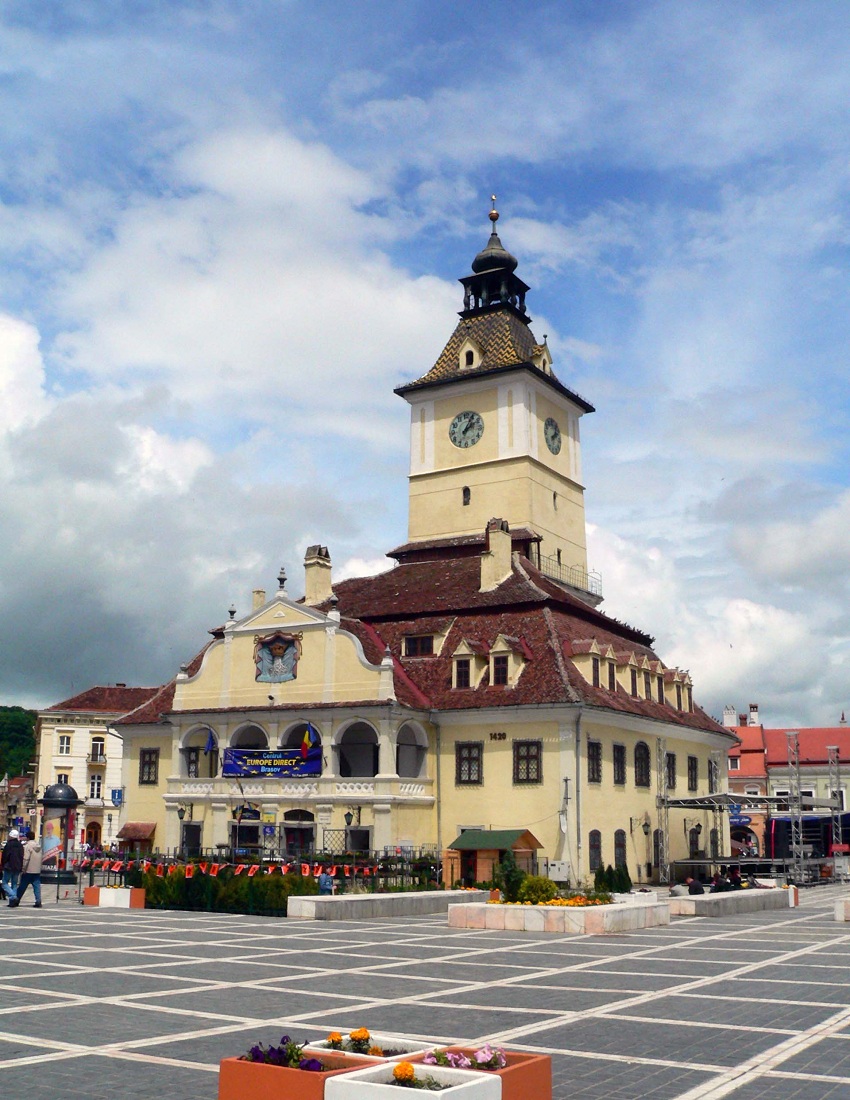
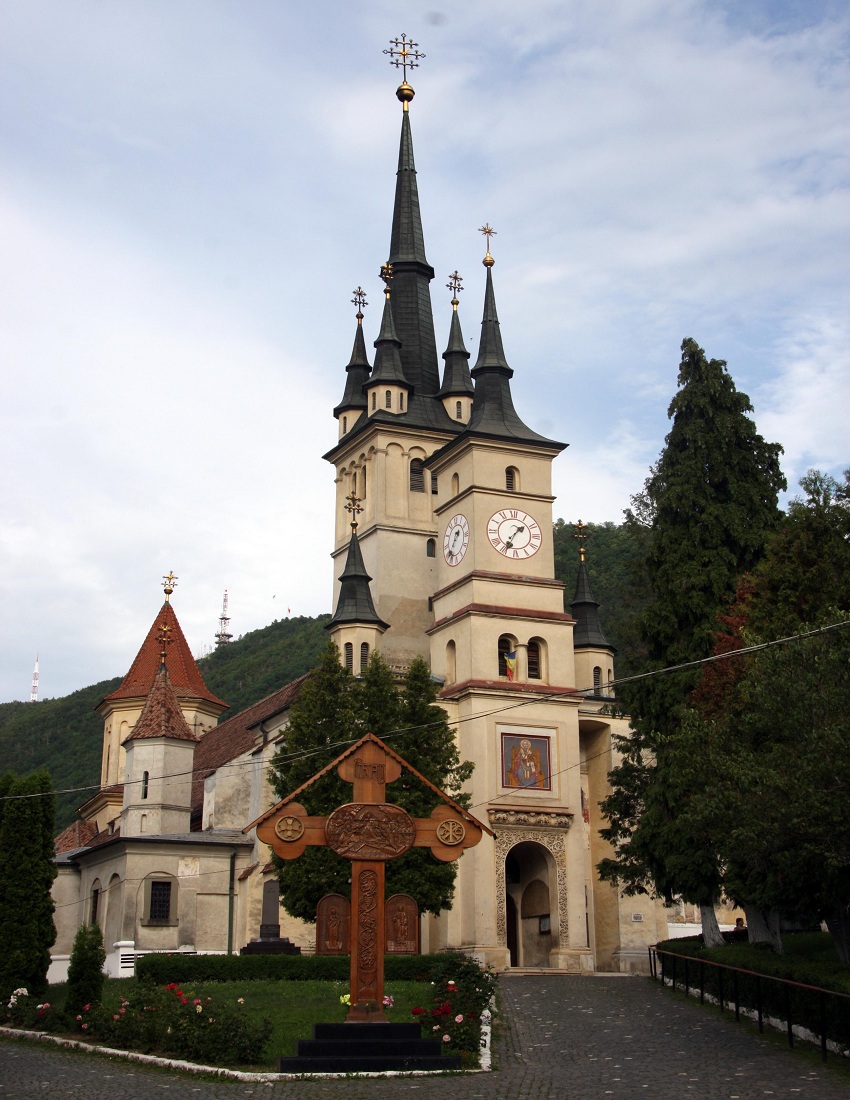
Enjoy a city tour and then depart for an excursion through the Carpathian Mountains to the town of Bran.
Brasov is one of the most beautiful city in Romania. The main attraction is the medieval part of the city with: The Black Church that houses a priceless collection of Oriental rugs as well as a 4000-pipe organ. The Town Hall Square, the Franciscan Monastery, The Central Park, The Black Tower, The White Tower, Ecaterina’s Gate, Schei Gate and the Rope Street – the narrowest street in Europe.
In the afternoon will go to Bran village to visit Bran Castle.
Here, enjoy the tour of the famous Bran Castle (known as “Dracula’s Castle”).
Situated at 30 Km from Brasov, between the Bucegi and Piatra Craiului Mountains, Bran Castle is an important national monument and landmark of the Romanian tourism, due not only to the beauty of the Castle and the landscape but also to the legend of Count Dracula.
Then we will continue to Sinaia, the beautiful mountain resort surnamed “The pearl of the Carpathians”, where you will visit the beautiful Peles Castle, one of Romania’s most beautiful palaces, once the summer residence of Romanian Kings, and also one of Romania’s most important museums, a masterpiece! The construction of the castle began in 1875 and the building was inaugurated in 1883.
Peles Castle was the final resting place for several Romanian monarchs, including King Carol I, who died here in 1914, as well as King Ferdinand and Queen Maria.
In the evening arrival in Bucharest. End of the tour.
890 EUR/pers (for a group of min. 6 persons travelling in minivan)
*for less people traveling together, the price will be revised
- Professional guide assistance, English speaking (or other languages upon request), during the whole trip;
- Transport by private modern AC car/mini-van (fuel and parking fees incl);
- Airport pick-up/drop off (if the tour starts and ends at the airport - upon request);
- 6 night accommodation, breakfast included, in 3* and 4* hotels and 3* rural guesthouse in Sibiel;
- 1 traditional home-made dinner with pure biological food, at the local guesthouse, in the first evening, with a glass of traditional drink included;
- City tour in each city in the trip.
- Entrance fees to the touristic attractions included in the itinerary;
- Photography fee;
- Meals, other than those mentioned in the itinerary;
- Other expenses (such as souvenirs, room service, tips and so on).

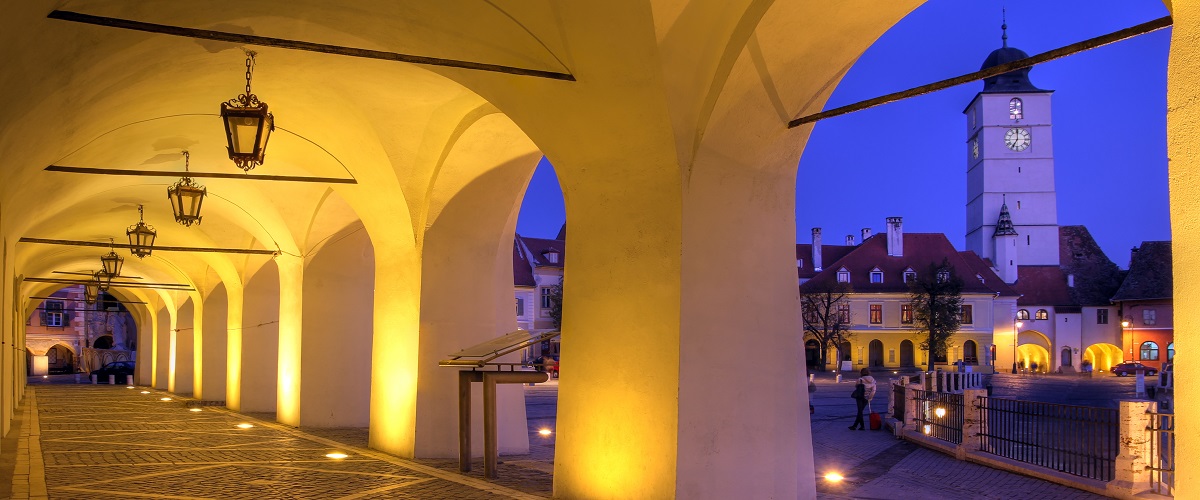
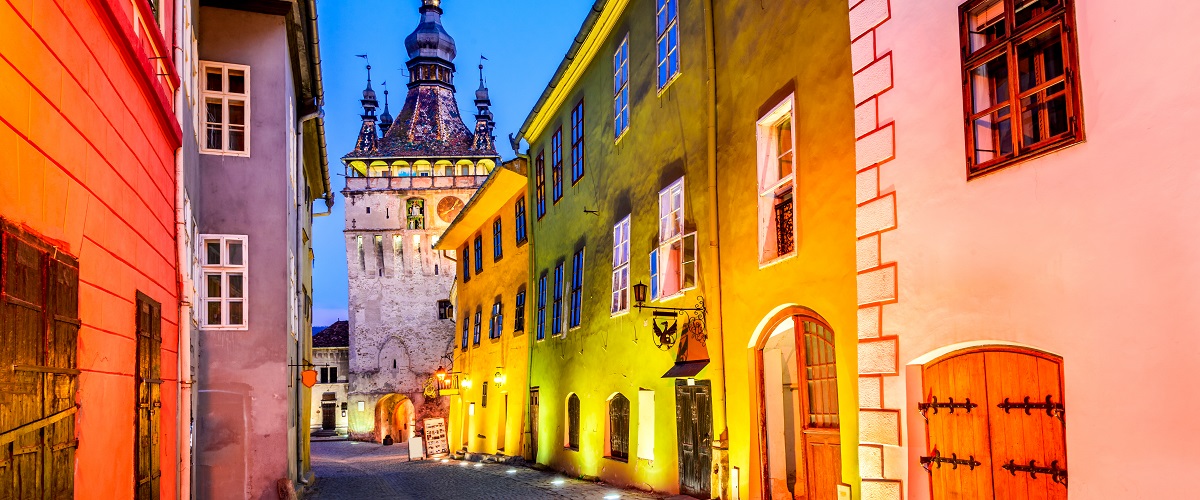
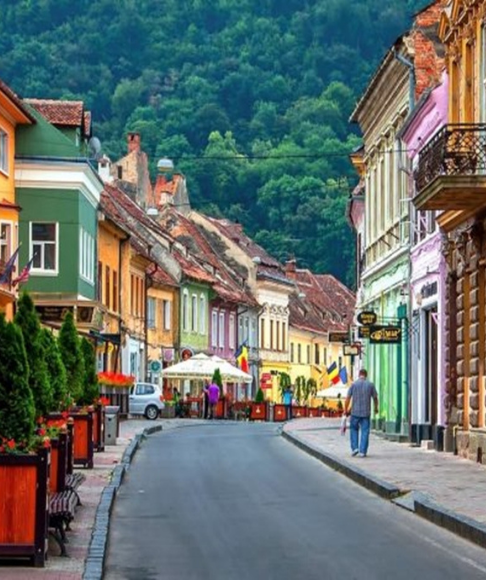
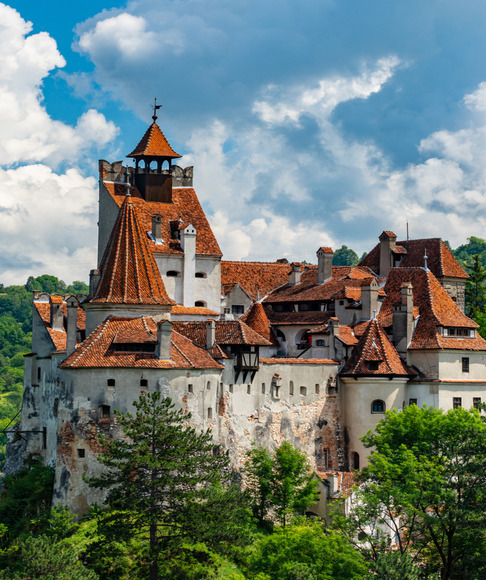
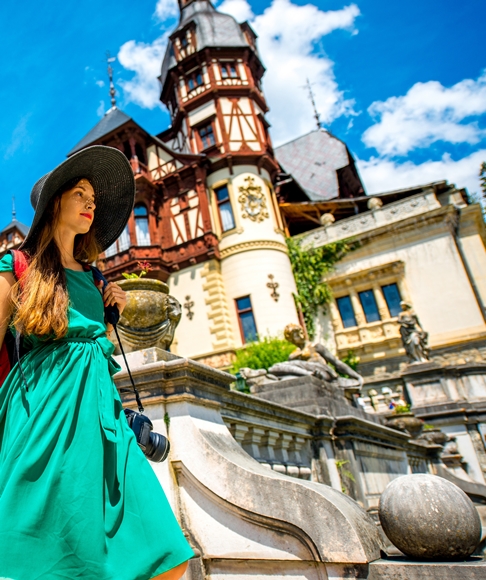
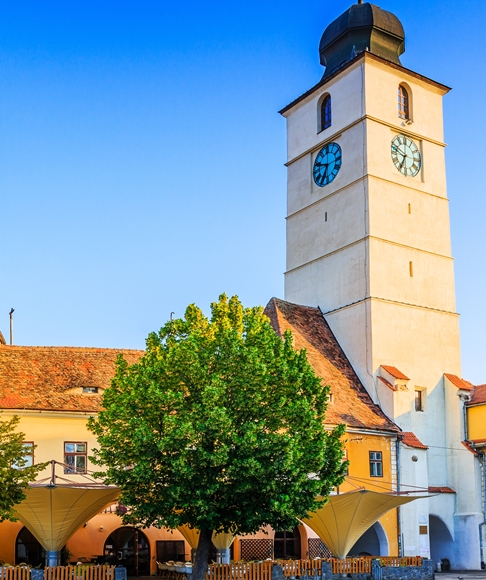
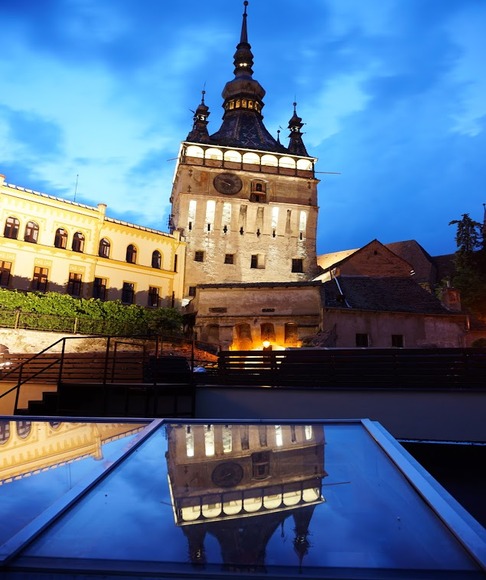
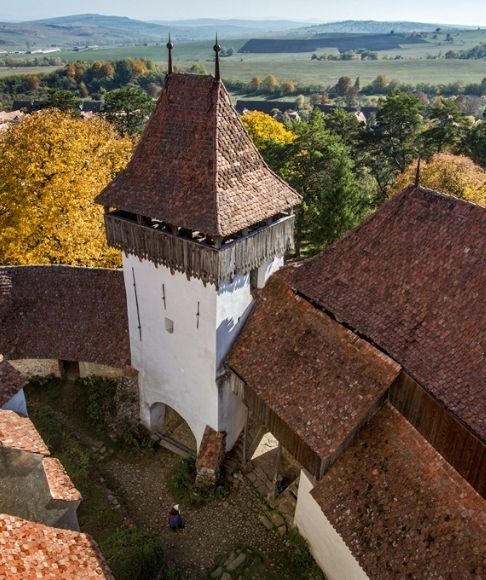
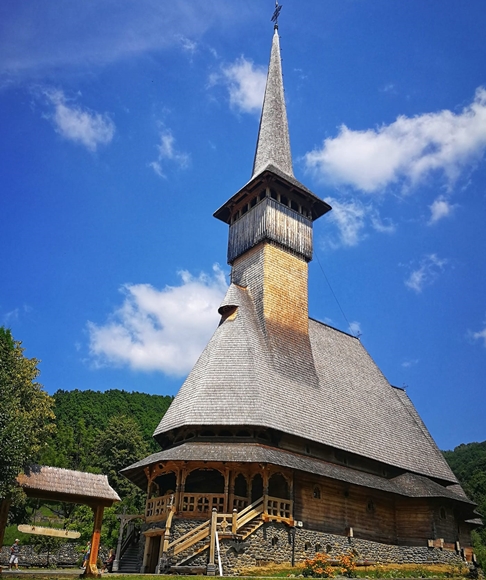
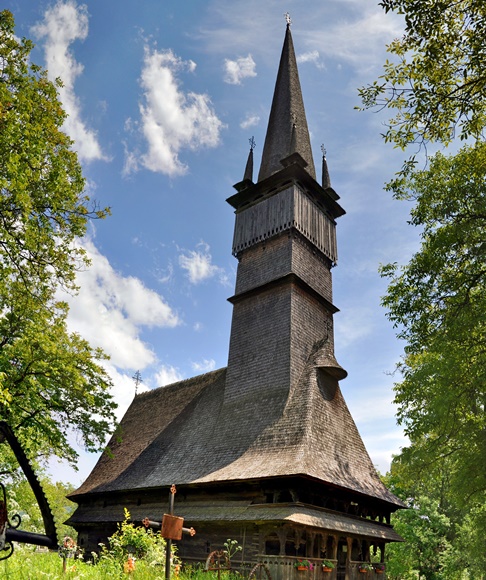


.png)



